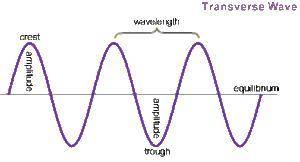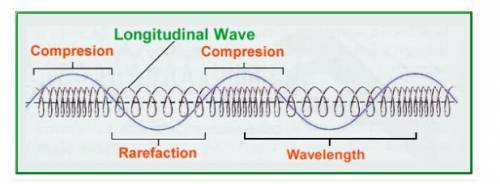
Geography, 21.02.2020 02:55 prettyprincess9643
Although scientists cannot directly observe Earth’s mantle or core, they can learn about these regionsindirectly by observing the behavior of seismic waves from earthquakes. Seismic waves come in twobasic forms (see figure). Pressure (P) waves move material back-and-forth in the direction of the waves'motion. Compressing and expanding a slinky will produce this sort of oscillation. Shear (S) waves, on theother hand, move material side-to-side in directions perpendicular to the waves' motion. The oscillationsof a jump rope, a guitar string, and the ocean surface are all examples of shear waves. Because seismicP- and S- waves are created by different kinds of motion, they interact with Earth matter in different ways. Please sort each wave type according to the types of Earth matter it travels through

Answers: 3
Another question on Geography

Geography, 23.06.2019 19:00
Why is the huronian supergroup rock formation particularly interesting to scientists? because it looks like a cross-section of a giant, stone encyclopedia because it formed during the period when oxygen began to accumulate in the atmosphere because it contains unusually large amounts of oxygen and sulfur because it dramatically altered the planet's development when it first formed
Answers: 2

Geography, 24.06.2019 02:00
Which of the following scenarios is an example of a trade sanction
Answers: 3


Geography, 24.06.2019 04:00
If you were a casual recreational hiker with young children, which of the following trails would be least strenuous for a leisurely family outing? a. merced lake trail b. mirror lake loop trail. c. tenaya lake and tuolumne meadows trail d. el capitan trail
Answers: 1
You know the right answer?
Although scientists cannot directly observe Earth’s mantle or core, they can learn about these regio...
Questions

Mathematics, 03.02.2020 21:54

Mathematics, 03.02.2020 21:54

Biology, 03.02.2020 21:54





Mathematics, 03.02.2020 21:54




English, 03.02.2020 21:54





Biology, 03.02.2020 21:54

History, 03.02.2020 21:54

Mathematics, 03.02.2020 21:54





